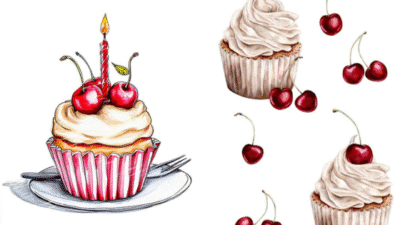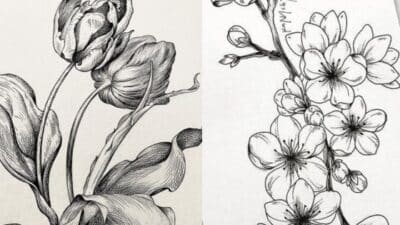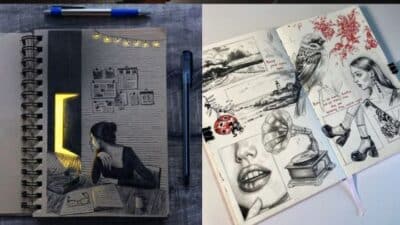The concept of fine art refers to a European academic tradition that comprises artworks made for the purpose of creative expression. In this sense, the art is created purely for aesthetics, unlike the applied, decorative, and popular arts, which have practical functionality as well. Historically, the five main arts are painting, music, poetry, sculpture, and architecture, but as technology evolved, certain forms of photography, filmmaking, and video production have been counted among the fine arts as well.

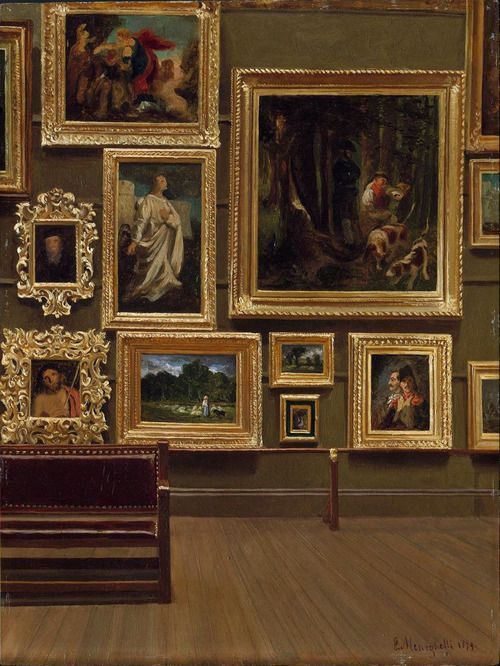
When you’re looking to purchase fine art online, you will most likely search for pieces that resonate with you, are well-crafted, and fit your living space and the atmosphere you want to create. You might also be fond of the work of some artists and follow their careers more closely. Your budget will most likely play an important part as well since art is an investment, not something you can buy lightly. However, one of the most important parts of being a successful collector is being aware of the history behind fine art and how it has evolved over the centuries.
Learning about art history will allow you to interpret contemporary art in a broader context, so that you understand the societal and cultural aspects that shaped the landscape. At the end of the day, the history of art is, in a sense, the history of human culture as well.
Image source: https://unsplash.com/photos/a-painting-of-a-horse-drawn-carriage-in-the-snow-ICMxM7Yyxsg
The earliest days
Many of the artistic items dating back to earlier times served a practical function alongside the aesthetic one, being known as applied arts. The purpose of the prehistoric Venus statues and cave paintings, for instance, is not yet fully understood and may remain a mystery forever, but most historians and archaeologists believe they had a ritualistic purpose. In the ancient Near East, there were the ziggurats of Mesopotamian architecture, the blue-glazed bricks of the Ishtar Gate decorated with lions, dragons, and bulls, the sculptures of Persepolis, the Neo-Assyrian Lamassu, and the Standard of Ur made of lapis lazuli, limestone, wood, and shell.
The applied arts were further developed in Ancient Egypt, with woodwork and metalwork becoming more intricate and complex. Apart from the items found in the tombs, many of which have artistic value, additional items such as cedar furniture with ivory and ebony inlays and monuments created to honor the pharaohs existed as well. The Indus Valley Civilization, also known as Harappan, is well-known for its terracotta and pottery. Some of the animals depicted in this art are dogs, monkeys, and bears, but others are more difficult to interpret. For instance, there is a depiction of a creature that is half zebra and half bull, donning impressive horns on its head.
The Priest-King and Dancing Girl are two of the most impressive sculptures found in Mohenjo-daro, currently regarded as crucial works for the global art world. In Ancient China, one of the most commonly used motifs was the taotie, a stylized face divided into two mirrored halves, and whether their significance is religious, wholly imaginary, or if they were actually inspired by something real remains debatable. The Terracotta Army, depicting the armies of China’s first emperor, dates back to roughly 210 BCE and was built with the purpose of protecting Qin Shi Huang in the afterlife. Bronze, gold leaf, jade, lacquerware, and gold artworks were also common in Ancient China.
Greek art focused on the representation of the human figure with the pieces meant to decorate public buildings and temples. They commemorated the dead and remarkable personalities. Many artists built on the foundations of Egyptian art, and then Rome took over and continued from where Greece had left off. Many Roman art lovers collected Greek pieces. A common misconception that endures to this day is that Greek buildings were monochrome, being of a light gray, taupe hue. In reality, architecture was polychromed, but the colors didn’t survive as the pigments were especially delicate and didn’t survive the wear and tear over the centuries. The Parthenon, for instance, was painted in green, blue, and red.
Most medieval art is known for its deeply religious nature, but things changed significantly after the arrival of the Renaissance.
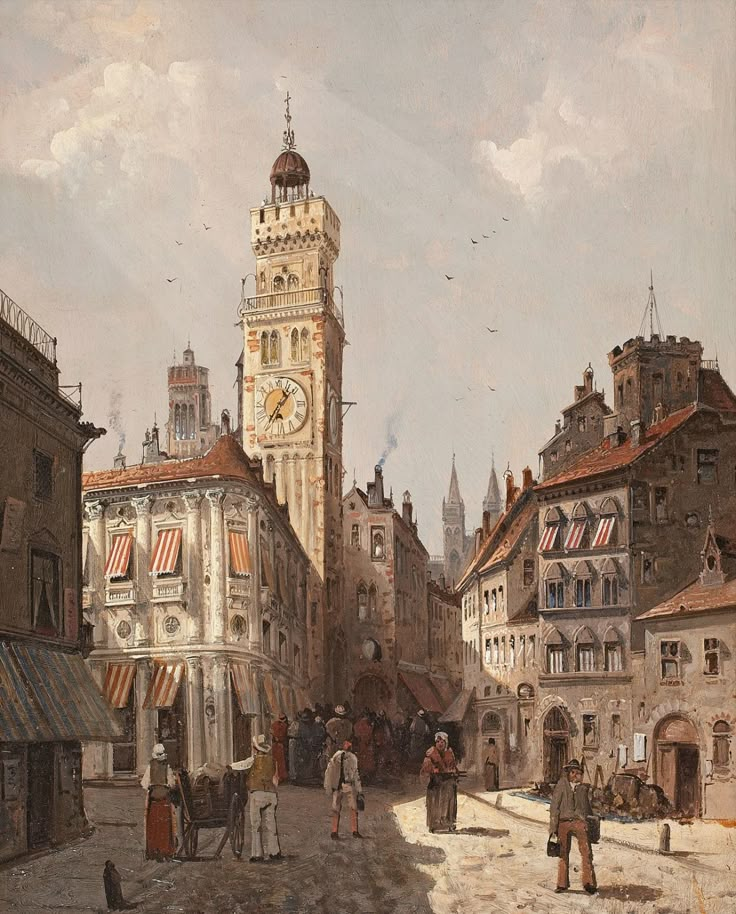
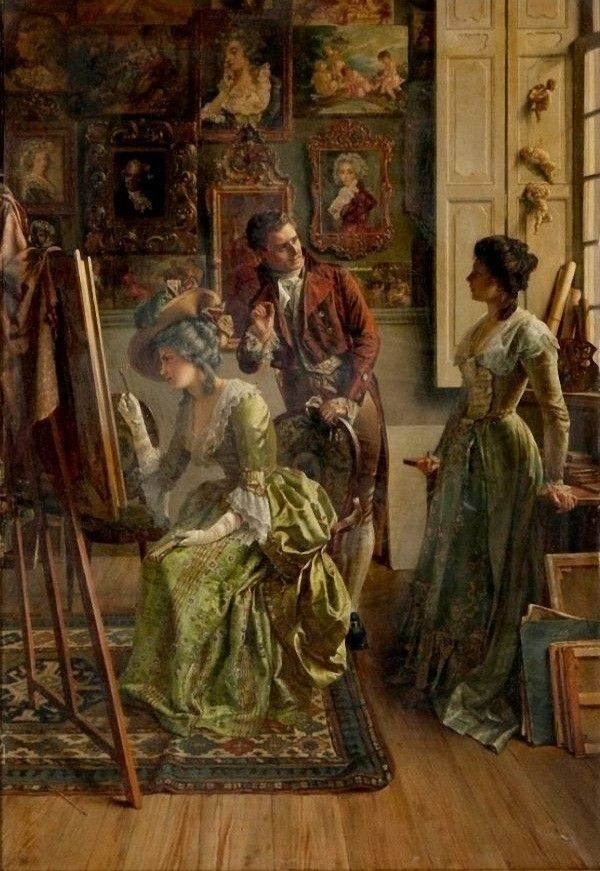
The Renaissance
The Renaissance was characterized by a renewed interest in Classical antiquity. There was a return to making art appear more lifelike, which had somehow disappeared during the Middle Ages. Artists began studying nature, animals, plants, and the human body. Employing the qualities of light, perspective, and space dates back to this time in Western art. The study of Greek and Latin texts led to the rise of concepts like humanism, which emphasized reason and individualism. The themes also evolved to include secularism and even scientism in some cases. It was during this time that art began to feature pieces that were made most for their aesthetic value. The Sistine Chapel, Florence Cathedral, Botticelli’s Primavera, da Vinci’s Mona Lisa, Raphael’s The School of Athens, and The Tower of Babel by Pieter Bruegel the Elder all date back to this time.
Mannerism evolved from the High Renaissance to focus on elongated proportions and brighter hues. Baroque art appeared during the 17th century, at a time when the world was changing significantly. Developments such as the microscope and telescope changed the ways in which people saw life and the world. The Palace of Versailles is perhaps the most emblematic Baroque building in the world, with the art being characterized by exuberance, drama, and dynamism. Rococo followed, with its ideals being delicacy, youthfulness, asymmetry, and a love for nature. Whether it’s a painting, a sculpture, or a building, Rococo brought flowing, elegant shapes. François Boucher’s portrait of Madame de Pompadour, Marie-Antoinette with the Rose by Élisabeth Vigée Le Brun, The Swing by Jean-Honoré Fragonard, and the Pilgrimage Church of Wies are some of the best Rococo representations you could get.
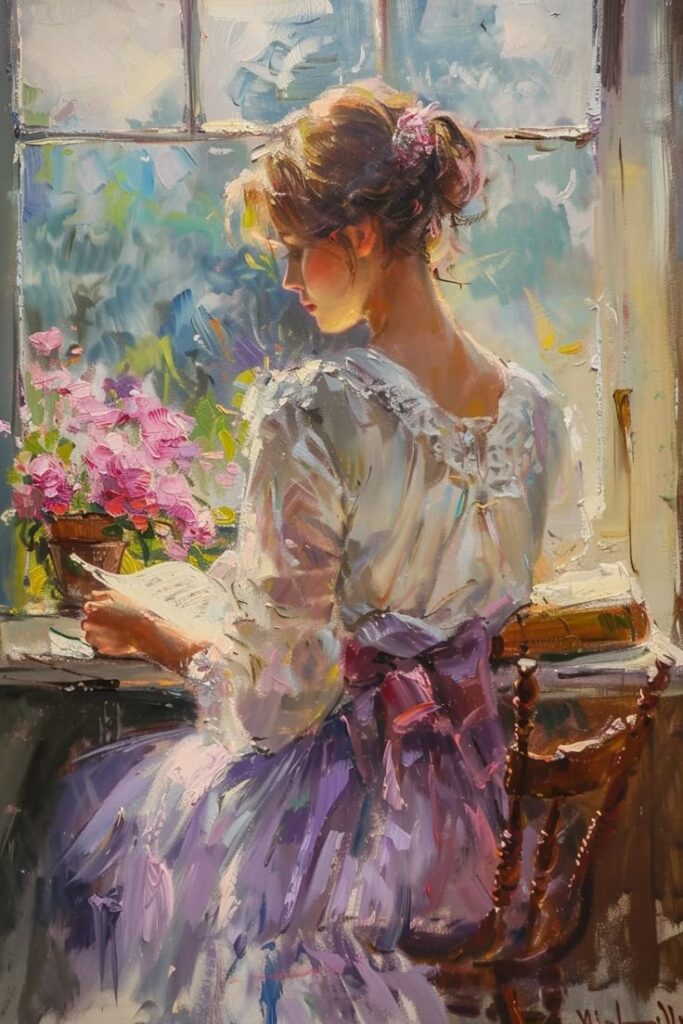
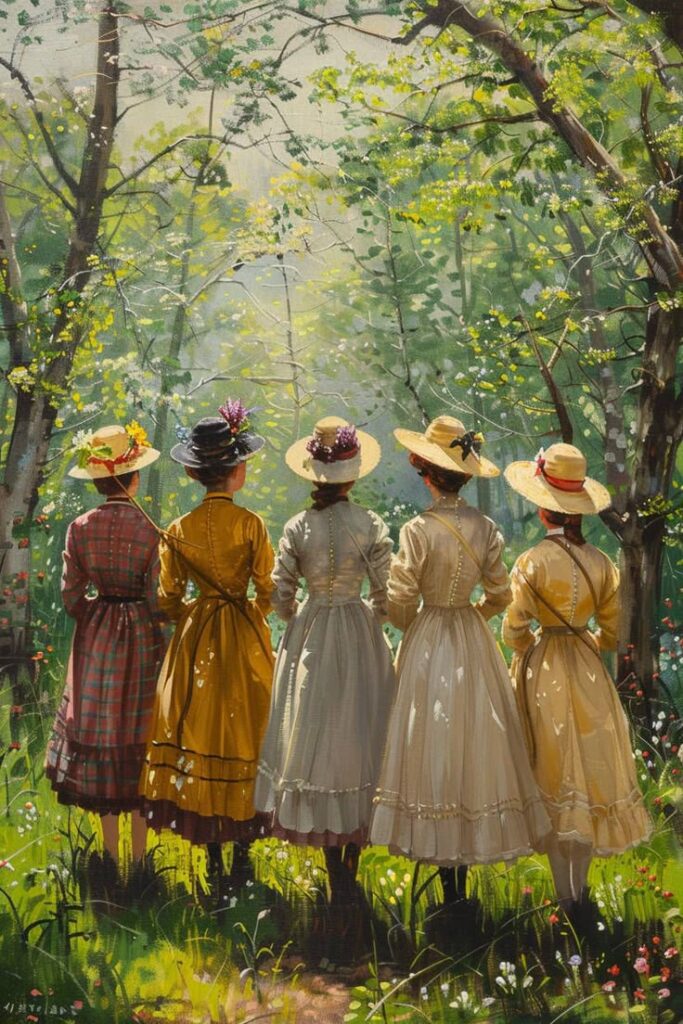
Starting in the 19th century
Romanticism emerged in the late 18th century and lasted until the 1880s. It was a reaction to the disillusionment many felt with the Enlightenment and focused on imagination, the importance of nature, individualism, aesthetic beauty, isolation, and spontaneity. The concept of “art for art’s sake” was fostered by Romantic painters like J. M. W. Turner and Francisco de Goya. Romanticism was also largely critical of progress and emphasized a return to an (idealized) past. Wanderer above the Sea of Fog by German artist Caspar David Friedrich is one of the most emblematic masterpieces of the Romantic movement.
From the mid-nineteenth century, realism became popular in the art world. Instead of depicting gods, historical figures, and vast landscapes, realism focused instead on the lives of ordinary people. The Third-Class Carriage by Honoré Daumier, Courbet’s The Painter’s Studio, and Jean-François Millet’s The Gleaners are illustrative of the themes artists liked exploring during the time. Impressionism, Symbolism, Cubism, and Surrealism led to even more changes in the artistic landscape as more and more rules ended up being neglected in the pursuit of full creativity.
Nowadays the scope of the art world is broader than ever, with some following traditional methods while others prefer to come up with increasingly new and innovative approaches. Digital art is popular, as is animation, and many pieces combine mediums as well. Although some may believe that everything that could have been done has already been done, the truth is that artists remain as creative and willing to experiment as ever.
- 0shares
- Facebook0
- Pinterest0
- Twitter0
